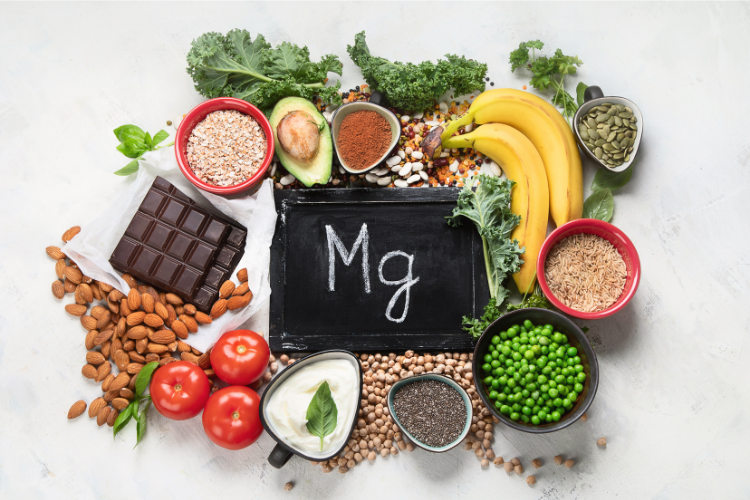Winter is often associated with chilly temperatures, shorter days, and, for many people, a drop in mood and energy. This seasonal shift can sometimes lead to the “winter blues” phenomenon or even Seasonal Affective Disorder (SAD). Symptoms of SAD include low energy, irritability, trouble concentrating, and difficulty sleeping—issues that can make the winter months feel particularly challenging. Thankfully, with the right nutrition and lifestyle changes, you can fight back against the winter blues and improve your overall well-being. These 15 magnesium-rich foods can enhance mood, fight fatigue, and support wellness during the winter months.
One key nutrient that can help is magnesium. This vital mineral is involved in more than 300 biochemical reactions in the body and is crucial in maintaining normal muscle and nerve function, supporting immune health, and regulating mood. Magnesium has been shown to help reduce symptoms of anxiety and depression, improve sleep quality, and enhance cognitive function. During winter, when the lack of sunlight may affect serotonin levels and mood, magnesium can help balance your brain chemistry and keep you feeling better throughout the season.
In this article, we’ll dive deeper into 15 magnesium-rich foods to help you ward off the winter blues. We’ll also discuss lifestyle tips to enhance your winter health, additional supplements that can complement your magnesium intake, and more.
Introduction: Understanding Magnesium’s Role in Winter Health
Magnesium is an essential mineral that the body needs to function properly. It involves more than 300 processes, including regulating blood sugar, promoting heart health, and supporting muscle and nerve function. Magnesium is also crucial for maintaining a healthy brain, as it helps regulate neurotransmitters that influence mood and brain function.
Winter blues and SAD are primarily caused by a lack of sunlight, which can lead to a drop in serotonin levels, the neurotransmitter responsible for regulating mood. Low serotonin is often associated with sadness, fatigue, and poor sleep. Magnesium supports the production of serotonin, thus acting as a natural mood stabilizer. It also helps regulate the body’s stress response, preventing excess cortisol (the stress hormone) from interfering with overall health.
Magnesium-rich foods can support your mental and physical health if you want to lift your spirits during the winter months. Look at the top 15 magnesium-rich foods to include in your winter diet.
15 Magnesium-Rich Foods to Ward Off the Winter Blues
Spinach (157 mg per cooked cup)
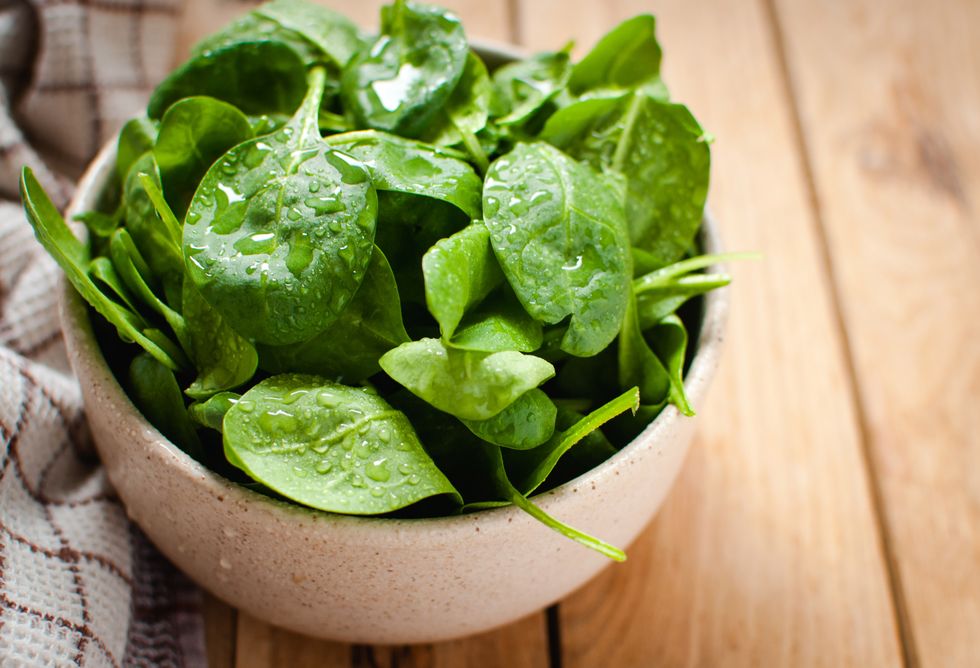
Spinach is a magnesium-rich leafy green that offers 157 milligrams of magnesium per cooked cup. It also contains high amounts of iron, calcium, and vitamins A, C, and K. Spinach’s magnesium content supports muscle relaxation and promotes a calm, stable mood. Add spinach to soups, stir-fries, smoothies, or salads to boost your magnesium intake during winter.
Almonds (80 mg per ounce)

Almonds are a crunchy, magnesium-packed snack that contains 80 milligrams of magnesium per ounce. In addition to magnesium, almonds are rich in healthy fats, protein, fiber, and vitamin E, which support both brain and heart health. Snacking on a handful of almonds or using them as a topping for yogurt or oatmeal can help you meet your daily magnesium needs.
Pumpkin Seeds (150 mg per ounce)
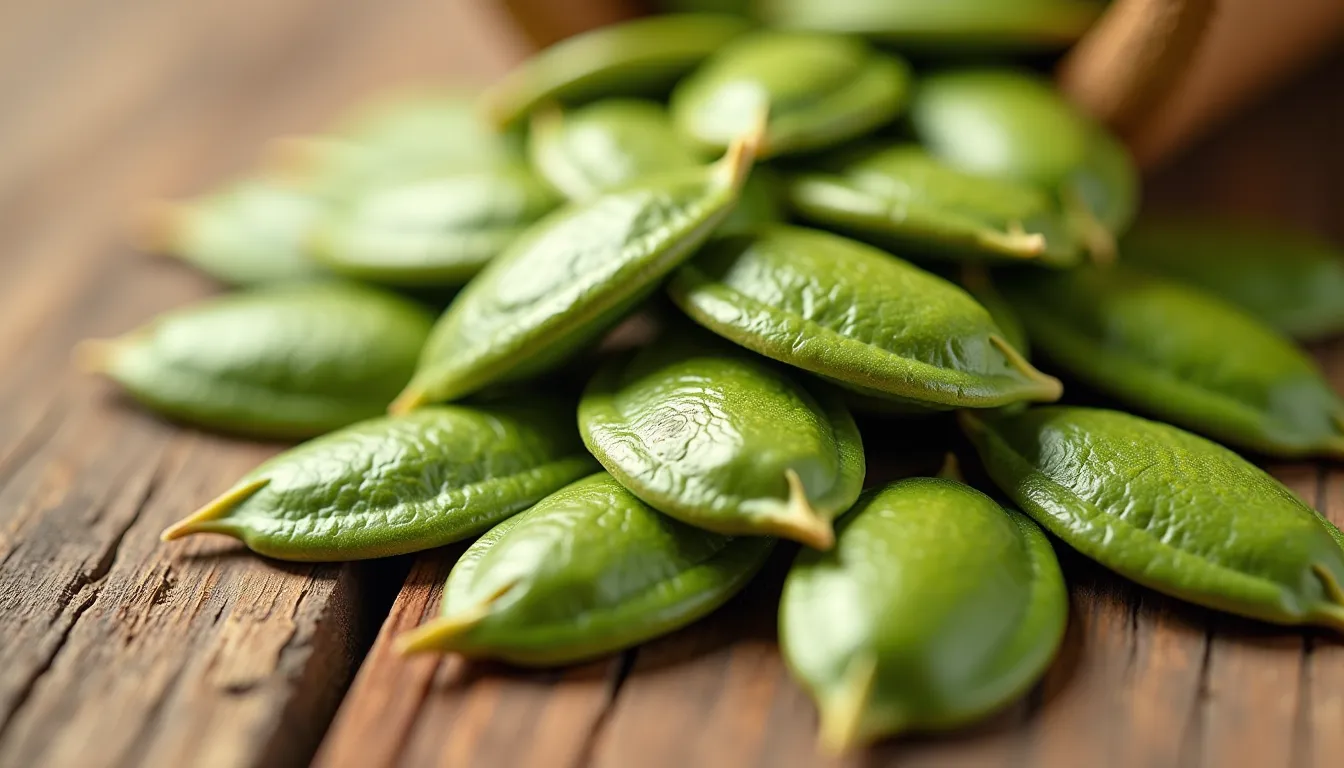
Pumpkin seeds, also known as pepitas, are one of the best sources of magnesium, providing 150 milligrams of magnesium per ounce. These seeds are also rich in zinc, iron, and antioxidants, which boost the immune system and support overall health. Sprinkle pumpkin seeds over salads, add them to smoothies, or enjoy them as a nutritious snack to help fight the winter blues.
Black Beans (120 mg per cup)

Black beans are a fantastic source of magnesium, offering 120 milligrams per cooked cup. They are also high in fiber and protein, making them an excellent choice for maintaining energy levels and supporting digestion. Add black beans to soups, stews, chili, or salads to create hearty, magnesium-rich meals.
Avocados (58 mg per medium fruit)
Avocados are not only creamy and delicious but also a great source of magnesium, providing around 58 milligrams per medium-sized fruit. They are also rich in healthy fats and fiber, which help regulate blood sugar and maintain brain health. You can enjoy avocado on toast, in salads, or blended into smoothies for a magnesium-packed meal or snack.
Bananas (32 mg per medium banana)

Bananas are well-known for being rich in potassium, but they also provide a good amount of magnesium—about 32 milligrams per medium-sized banana. Bananas are a convenient and easily portable snack that can boost your magnesium levels and provide quick energy. Add bananas to your winter smoothies or oatmeal, or enjoy them as a standalone snack to combat the winter blues.
Dark Chocolate (64 mg per ounce, 70% or higher)

Dark chocolate, especially varieties with 70% cocoa or higher, is a delicious treat and a powerful source of magnesium. One ounce of dark chocolate contains approximately 64 milligrams of magnesium. Dark chocolate is rich in antioxidants and can improve mood, reduce stress, and boost cognitive function. Indulge in a small square of dark chocolate to lift your spirits during the colder months.
Swiss Chard (150 mg per cooked cup)
:max_bytes(150000):strip_icc()/SwissChard-6193e3b4941b4479979f5df338ae6ea3.jpg)
Swiss chard is another leafy green packed with magnesium, offering around 150 milligrams per cooked cup. It also contains high levels of vitamins A, C, and K, potassium, and fiber. To help enhance your magnesium intake during the winter months, Swiss chard can be sautéed, steamed, or added to soups and salads.
Tofu (37 mg per 3-ounce serving)
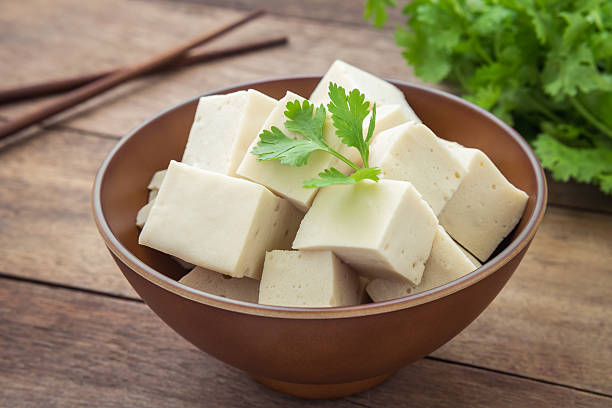
Tofu is a versatile, plant-based source of magnesium, containing around 37 milligrams per 3-ounce serving. It is also rich in protein and contains essential amino acids that support muscle and immune function. Tofu can be added to stir-fries, soups, or smoothies to boost your magnesium intake without relying on animal products.
Chia Seeds (95 mg per ounce)
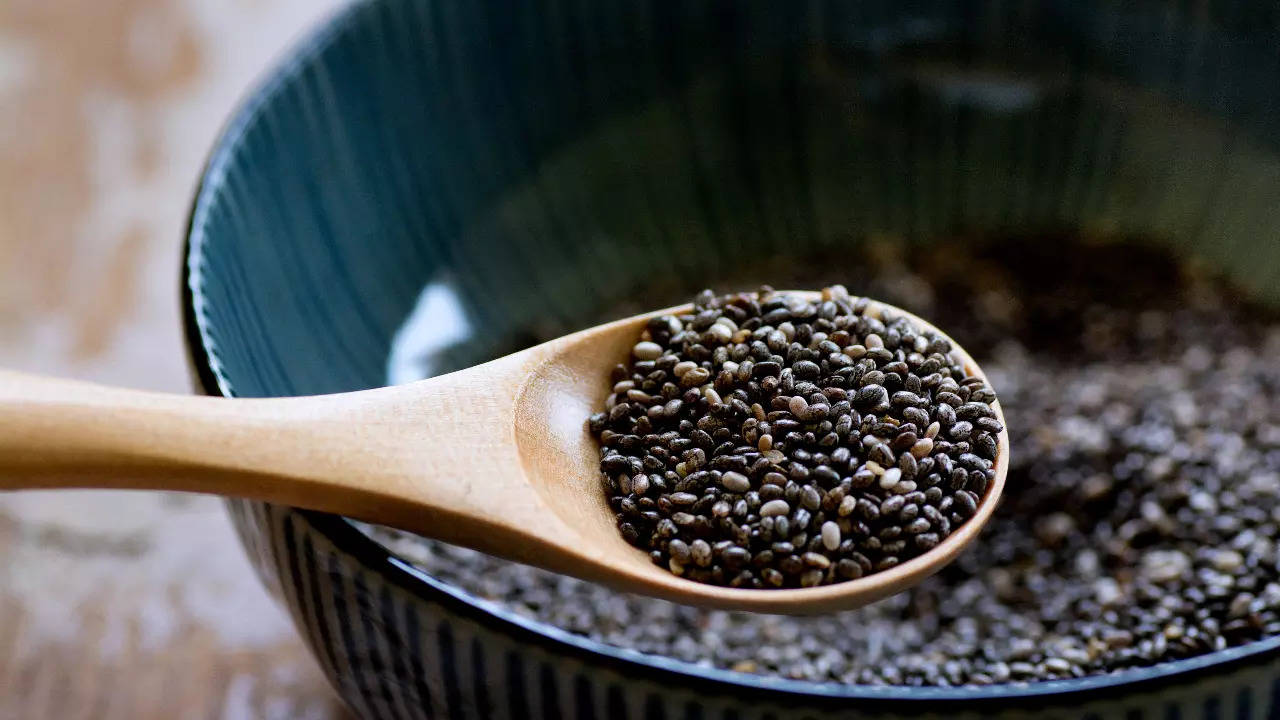
Chia seeds are small but mighty in magnesium content, providing 95 milligrams per ounce. These tiny seeds also contain fiber, omega-3 fatty acids, and antioxidants. Add chia seeds to smoothies and oatmeal, or create a nutritious chia pudding for a magnesium-rich snack.
Yogurt (50 mg per serving)

Yogurt is a good source of magnesium, offering around 50 milligrams per serving. It is also rich in probiotics, which promote gut health and can boost mood. Yogurt is a versatile food that can be eaten as a snack or breakfast, and it pairs well with magnesium-rich toppings like almonds, chia seeds, and fruit.
Figs (50 mg per half-cup of dried figs)
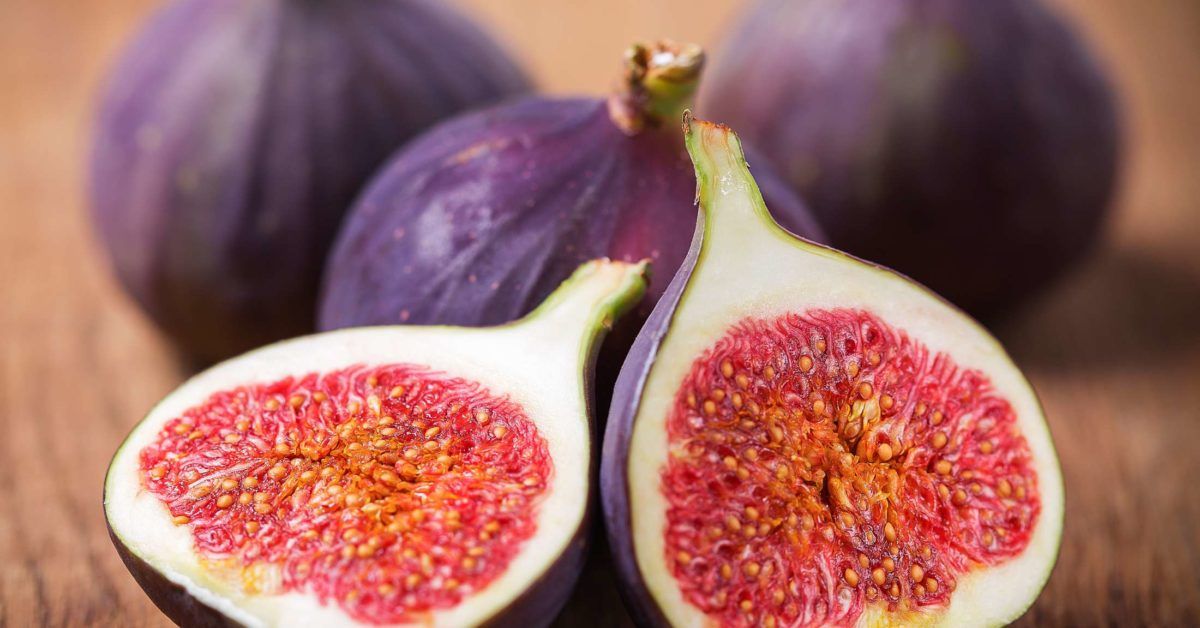
Figs, whether fresh or dried, are a great source of magnesium, providing about 50 milligrams per half-cup of dried figs. Figs are also high in fiber and antioxidants, which promote healthy digestion and support heart health. Enjoy dried figs as a snack, or add them to salads and desserts to increase your magnesium intake.
Sweet Potatoes (40 mg per medium sweet potato)

Sweet potatoes are delicious and comforting in winter. They also offer around 40 milligrams of magnesium per medium-sized potato. They are also rich in vitamin A, fiber, and antioxidants, making them a nutritious addition to any meal. Roast or mash sweet potatoes for a warm and filling side dish.
Leafy Greens (Kale, Collard Greens, Mustard Greens) (30-50 mg per cooked cup)
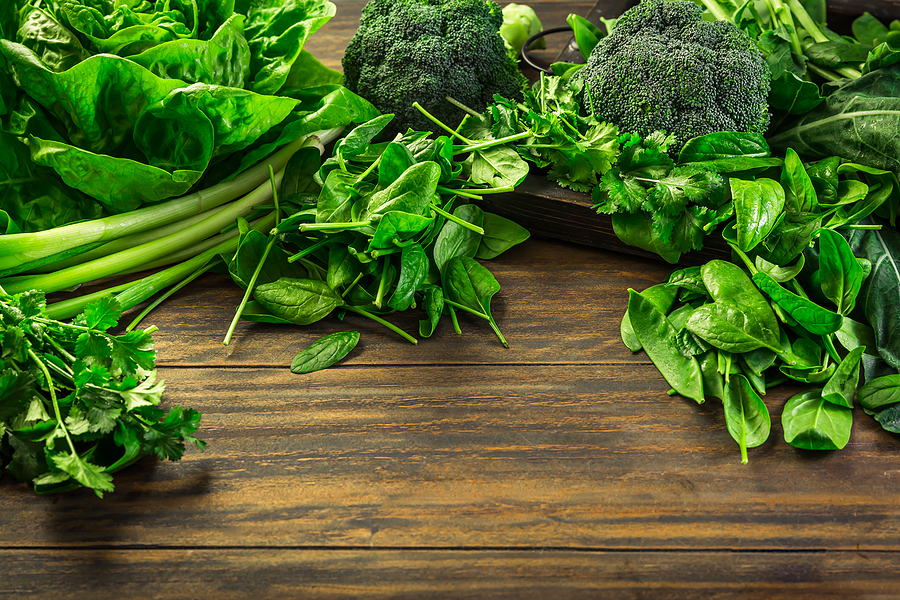
Leafy greens like kale, collard, and mustard are all rich in magnesium, offering around 30-50 milligrams per cooked cup. These greens are also high in fiber, vitamins, and minerals, which support your immune system and overall health. Include leafy greens in soups, salads, or as a side dish to boost your magnesium intake.
Lifestyle Tips for Winter Health and Mood
Stay Active
Regular physical activity is key to combating the winter blues, even in winter. Exercise helps release endorphins, which are natural mood boosters. Physical activity also improves circulation and energy levels, helping to prevent the sluggishness that can come with shorter days and colder temperatures.
Get Sunlight Exposure
Sunlight exposure regulates your body’s internal clock and supports serotonin production. While the sun is scarce during winter, try to get outside during daylight hours. Even a short walk outside can help improve your mood and prevent seasonal depression.
Prioritize Sleep
Getting adequate sleep is essential for maintaining your mood and energy levels. Aim for 7-9 hours of quality sleep each night. A regular sleep schedule, a relaxing nighttime routine, and magnesium-rich foods can help improve the quality of your sleep and combat the winter blues.
Hydrate
Cold air can dehydrate your body, and it’s easy to forget to drink enough water in the winter. Staying hydrated is essential for overall health and mood stability. Aim to drink at least 8 cups of water daily, and try herbal teas for an extra warm and comforting hydration option.
Supplements to Consider for Winter Health
In addition to magnesium-rich foods, consider these supplements to support your winter health further:
- Magnesium Supplements: If you struggle to get enough magnesium from food alone, a supplement can help fill the gap. Speak to a healthcare professional to determine the right dosage.
- Vitamin D: A vitamin D supplement can help support serotonin levels, especially during the winter when sunlight is limited. Vitamin D is essential for immune health and bone strength.
- Omega-3 Fatty Acids: Omega-3 supplements, such as fish oil, can help reduce inflammation and improve brain function, which can improve mood regulation.
- Probiotics: A healthy gut is essential for overall well-being. Probiotic supplements support gut health and can enhance your mood and digestion.
Conclusion
Magnesium is a powerful mineral that can significantly enhance your mood and overall well-being during winter. Incorporating magnesium-rich foods like spinach, almonds, dark chocolate, and fatty fish into your diet can help combat the winter blues and improve your energy, sleep, and mood. Combined with regular physical activity, adequate sleep, and hydration, magnesium can help you feel your best no matter how cold the weather gets.
FAQs
Q1: Can magnesium help with Seasonal Affective Disorder (SAD)?
- Yes, magnesium can help improve mood and reduce symptoms of SAD. By supporting serotonin production, magnesium helps stabilize mood and alleviate feelings of depression and anxiety associated with seasonal changes.
Q2: How much magnesium should I consume daily?
- Adults’ recommended daily magnesium intake is about 310-420 milligrams, depending on age and gender. Incorporating magnesium-rich foods into your diet is a natural way to meet this requirement.
Q3: How can I include more magnesium-rich foods in my diet?
- Start by adding leafy greens like spinach and kale to your meals, snacking on nuts and seeds, and including magnesium-rich foods like avocado, bananas, and dark chocolate into your daily routine.
Q4: Are there any side effects of taking too much magnesium?
- Excess magnesium from food is generally safe, but high doses from supplements can cause digestive issues like diarrhea or cramping. It’s always best to consult a healthcare provider before adding magnesium supplements.

